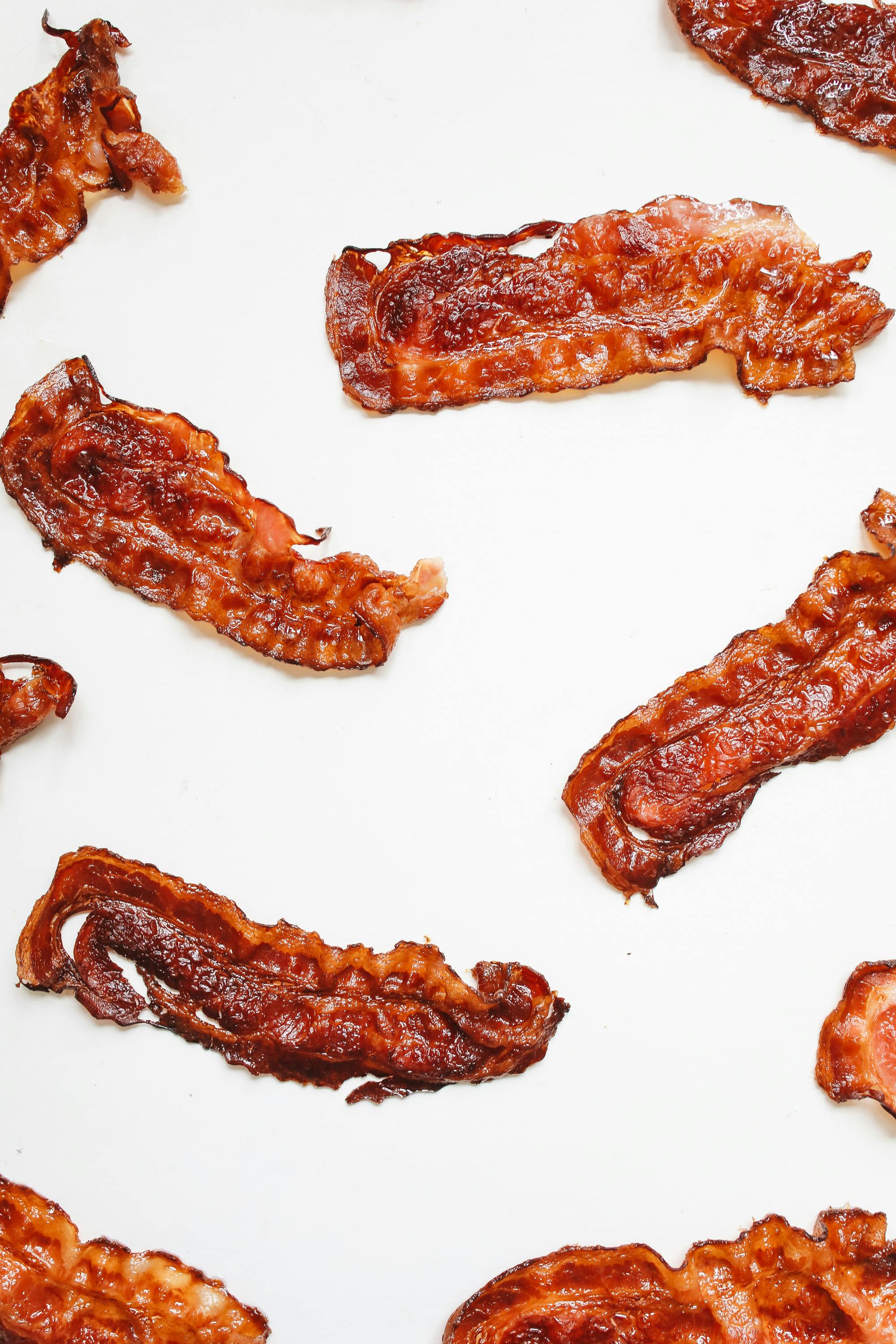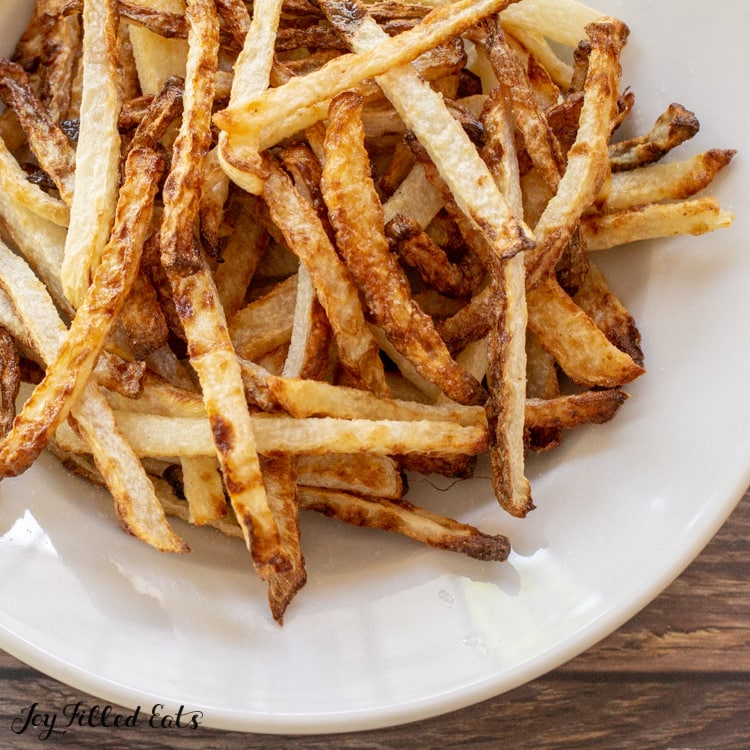
Understanding the Keto vs Paleo Debate for 2025
In recent years, the focus on healthy eating has led many to explore various dietary lifestyles, specifically the keto diet and the paleo diet. Both diets emphasize whole foods and promote significant lifestyle changes aimed at improving overall health. However, they differ in their approaches and fundamental principles.
The health benefits of both diets are widely discussed, with advocates praising their effectiveness in weight loss, blood sugar control, and boosting metabolic health. As we move into 2025, understanding these two prominent lifestyles can assist individuals in making informed dietary choices for health optimization.
This article will delve into the foundational elements of each diet, highlight their key differences, provide meal planning strategies, and explore the health benefits each lifestyle can offer in the pursuit of improved health outcomes.
Key takeaways include the understanding of nutritional ketosis, essential food choices for each diet, and practical meal prep ideas to keep your diet sustainable. By the end of this guide, you will be equipped with the information to choose a dietary path that suits your individual health goals.
Key Differences Between Keto and Paleo Diets
To fully comprehend the keto diet and paleo lifestyle, it's important to examine their core differences. The keto diet primarily focuses on maximizing fat intake while minimizing carbohydrates. This low-carb approach encourages the body to enter ketosis, a state where fat is burned for fuel instead of carbohydrates. Typical macronutrient ratios for keto are approximately 70% fats, 25% protein, and 5% carbohydrates.
In contrast, the paleo diet embraces principles from our ancestors, promoting a more varied approach to food. It eliminates processed foods, grains, and refined sugars while encouraging whole foods such as fruits, vegetables, nuts, seeds, and high-protein foods. The paleo philosophy emphasizes consuming foods that are generally available from hunting and gathering.
One significant difference to consider is the acceptance of dairy; many keto followers include dairy products high in fats, while the paleo diet often excludes dairy for those with intolerance. Understanding these distinctions can guide individuals in deciding which diet aligns with their preferences and lifestyle choices.
Despite these differences, both diets advocate for whole food consumption and stress the importance of nutritional density in meals.
Macronutrient Ratios: A Closer Look
When analyzing the fundamental structure of the keto and paleo diets, a closer look at macronutrient ratios reveals key differences. The keto diet strictly confines carbohydrate intake to about 20-50 grams daily, while promoting high fat intake to achieve and sustain ketosis. This high-fat approach includes a variety of sources such as avocados, olive oil, and fatty fish, which provides the body with substantial energy resources.
The paleo diet, however, promotes a more balanced distribution of macronutrients without enforcing strict carbohydrate limits. A typical paleo plate might encompass a higher intake of fruits and vegetables, thus providing an array of micronutrients along with healthy fiber sources. This approach fosters a more liberal carbohydrate allowance, focusing instead on the quality of food rather than solely on quantity.
Ultimately, choosing between low-carb diets like keto and fiber-rich options such as paleo requires careful consideration of one’s health goals and preferences.
Food Choices: Keto vs. Paleo
The variety of foods permitted in each diet significantly influences the related meal prep strategies. Keto-friendly foods are predominantly high in fats, moderate in protein, and low in carbohydrates. Common choices include meats, eggs, dairy products, nuts, seeds, and low-carb vegetables like spinach and broccoli. Adapting to a keto-friendly lifestyle requires learning about healthy fats versus unhealthy fats, as this distinction helps in meal planning.
Paleo-friendly foods, however, include lean meats, fish, vegetables, fruits, nuts, and seeds while eliminating grains, legumes, and dairy. The whole foods approach encourages diversity and nutrient absorption while eliminating processed sugars and additives. This emphasis on clean eating aligns closely with the desires of modern health-conscious consumers.
Purchasing organic produce and seasonal fruits can also maximize nutrient availability while curbing environmental impacts. Understanding how to balance these food choices will play a crucial role in successful adherence to either diet.
Health Benefits: Which Diet Stands Out?
Exploring the health benefits associated with both diets offers insight into their effectiveness. The keto diet has been celebrated for its rapid weight loss results and its ability to improve metabolic health, especially for those struggling with insulin sensitivity and metabolic syndrome. The diet's potential to control blood sugar is also noteworthy, making it a popular choice for those managing diabetes.
On the other hand, the paleo diet provides various benefits, focusing on whole, nutrient-dense foods that can aid in digestive health and promote gut microbiome balance. Its high-fiber components can enhance satiety and support overall well-being. Moreover, by promoting a holistic approach that includes physical activity, the paleo lifestyle can aid in long-term sustainable weight management.
Ultimately, both diets present unique benefits while offering alternative pathways to improved health. The choice ultimately depends on individual health goals and dietary preferences.
Meal Planning: Practical Strategies for Success
Meal planning serves as a critical component for those embarking on either the ketogenic diet or paleo lifestyle. Constructing well-balanced meals that adhere to dietary principles can simplify adherence and foster healthier eating habits.
For individuals following the keto diet, meal prep should revolve around high-fat, low-carb ingredients. Preparing quick keto meals ahead of time can ensure that one stays within their carbohydrate limits while still enjoying delicious meals. Incorporating a variety of keto-friendly snacks, such as cheese, nuts, and veggie sticks, can provide quick energy boosts and help manage cravings.
Conversely, paleo meal prep emphasizes whole food ingredients, featuring colorful vegetables, fruits, and high-protein foods. Preparing meals in bulk, focusing on fiber intake, and utilizing lean meat sources will create a sustainable meal routine. Paleo snacks like guacamole paired with carrots or apple slices with almond butter can satisfy cravings while maintaining nutritional standards.
Both diets benefit from strategic planning, making it easier to track macros and maintain ideal calorie intake while aligning with individual health objectives.
Quick Recipes: Easy Options for Both Diets
Quick and easy recipes are essential for maintaining dietary adherence. For keto enthusiasts, recipes such as avocado egg salad, creamy cauliflower soup, and zucchini noodles with pesto exemplify how to enjoy flavorful meals while adhering to low-carb principles. Experimenting with ingredients can lead to exciting variations as one becomes skilled in the kitchen.
On the paleo side, recipes like grilled chicken with sweet potatoes, roasted vegetable salads, and smoothies packed with leafy greens can invigorate the taste buds while offering a substantial nutrient profile. These recipes emphasize healthful fats and proteins — core components of the paleo diet, while remaining incredibly satisfying.
By sharing quick and accessible meal options, the journey toward better health becomes more approachable for both keto and paleo followers.

Tracking Macros: Importance in Each Diet
Understanding the role of tracking macros can enhance success rates in both keto and paleo dieting. For those on the ketogenic diet, meticulously tracking macro ratios, particularly fat and carbohydrate intake, ensures that one stays in a state of ketosis. Various apps can facilitate this process, helping individuals monitor daily intake to align with recommended percentages.
Those following paleo principles may benefit from tracking their food choices, ensuring balanced meals while maintaining adequate nutrient density. This approach allows for greater awareness of food selections and can highlight areas for improvement in overall eating patterns.
Incorporating food labels and learning about nutritional values contribute to effective tracking, aiding individuals in making informed decisions regarding their dietary habits.
Common Misconceptions: Debunking Myths
As with many dietary trends, several common misconceptions exist surrounding the keto and paleo diets. Misunderstandings about low-carb diets often provoke skepticism, leading potential followers to overlook the health benefits they can offer.
For the keto diet, one prevalent myth suggests that high-fat intake leads to heart disease; however, research confirms that healthy fats, particularly from plant and fish sources, can actually improve heart health when balanced correctly. Conversely, paleo advocates often face criticism for relying heavily on meat in their diets, which overlooks the diet's emphasis on whole foods and nutrient density.
Recognizing these misconceptions is vital for individuals looking to transition toward a new lifestyle. Educating oneself on the principles behind each diet proves essential in alleviating fears and choosing a path that resonates with personal wellness goals.
Conclusion: Making Informed Choices for Your Health
Both the keto and paleo diets offer unique pathways to improved health and well-being. As we look forward to 2025, understanding the differences, benefits, and practical strategies of each lifestyle equips individuals with the knowledge necessary to make informed dietary choices. Whether opting for a high-fat ketogenic approach or a whole-food-rich paleo lifestyle, being mindful of food choices and maintaining healthy habits can lead to successful weight loss and overall health enhancement.
Regardless of the dietary journey one chooses, it's essential to embrace variety and prioritize nutrient density in daily meals, thus creating sustainable eating patterns that align with personal health goals. As the nutrition landscape continues to evolve, adapting one's approach to food will undoubtedly play a pivotal role in achieving optimal health.
